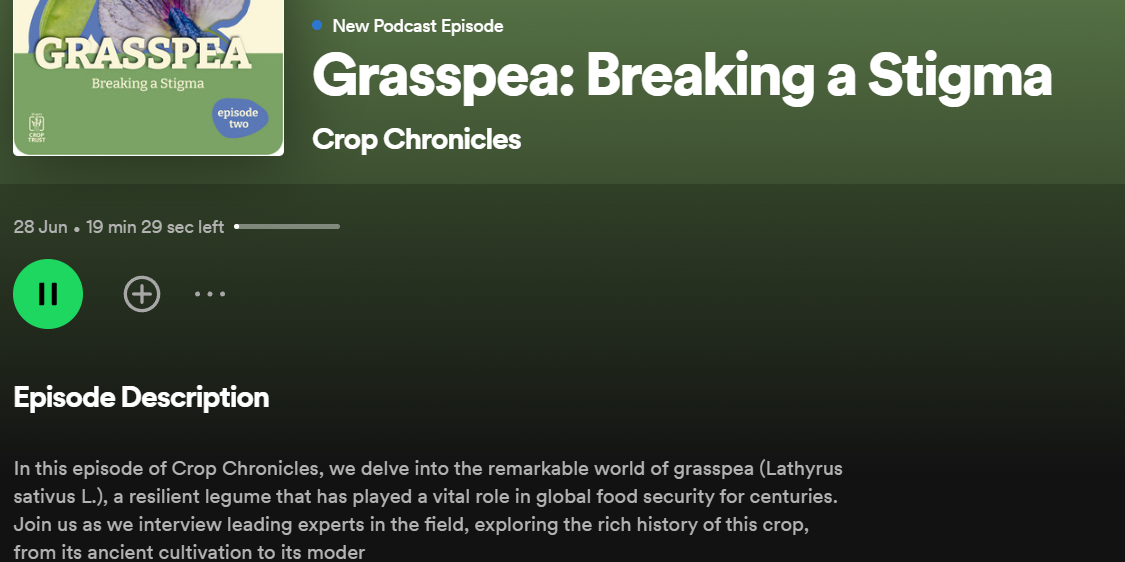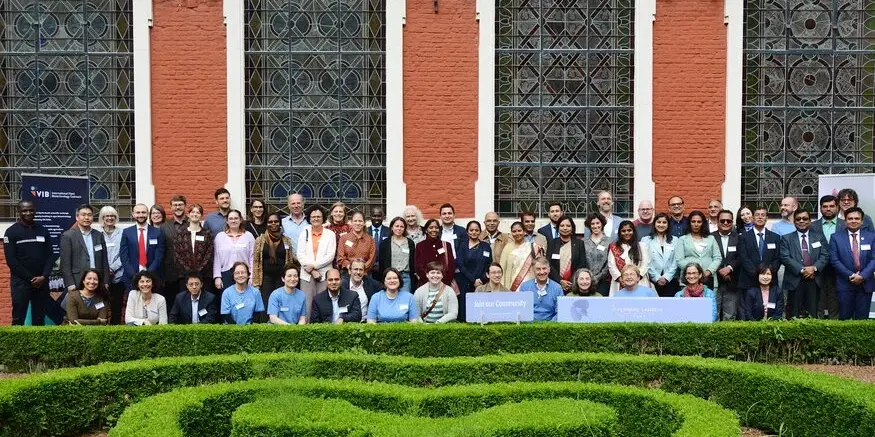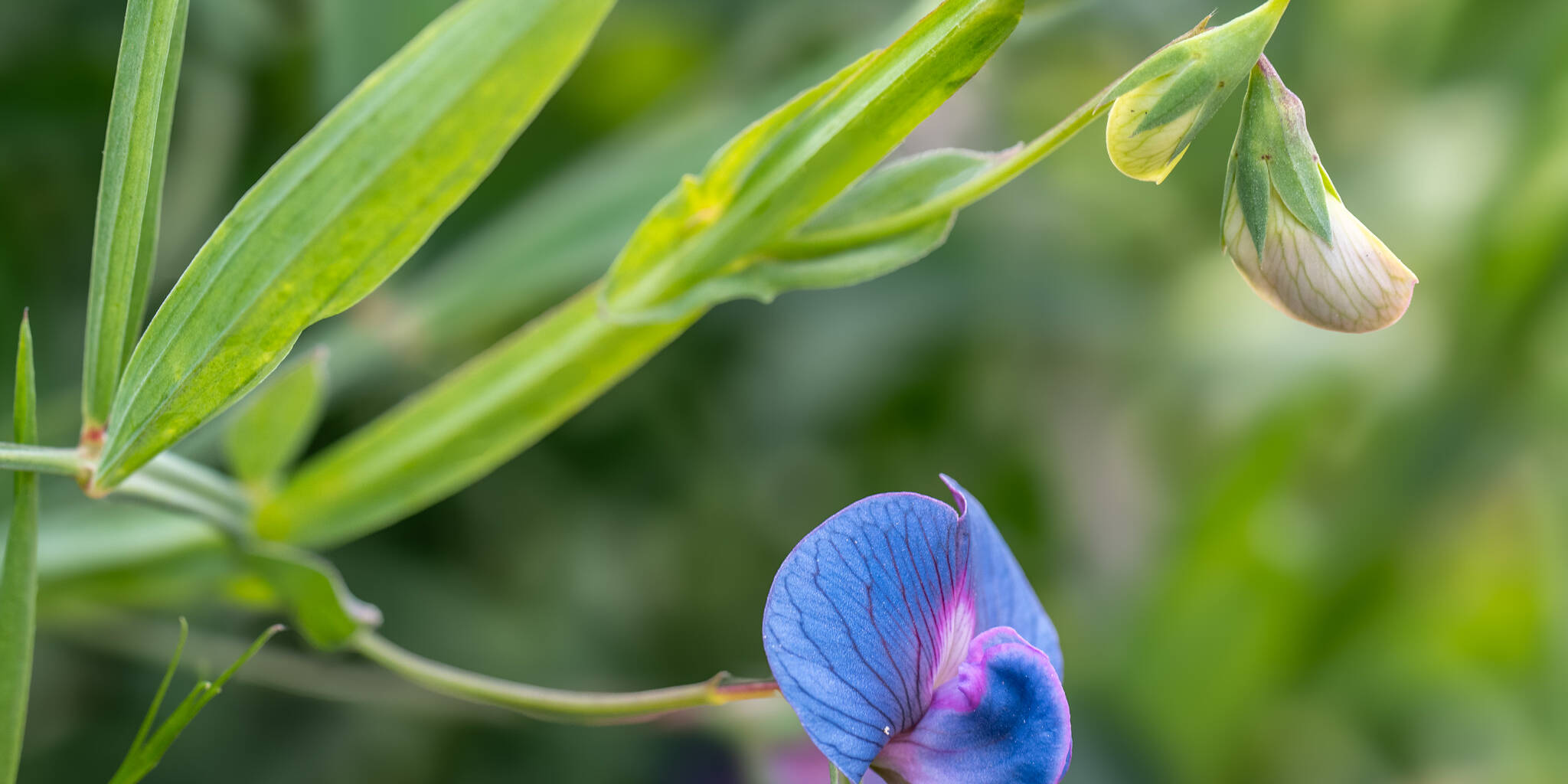In 2021, my province of British Columbia, Canada, experienced a “heat dome” that fired temperatures to unprecedented levels. The consequences were catastrophic: 619 people died, and the entire town of Lytton burned to nothing.
My vegetable farm became a furnace. Temperatures reached over 40 degrees Celsius — our average summer temperature is 25 degrees C. And, at the height of this heatwave, our well ran dry. My crops melted into the ground.
Today, governments around the world are supporting farmers to adapt to the consequences of climate change. Locally, my government has established financial incentives to install efficient irrigation systems, created training to help farmers manage heat and drought, and is helping farmers reduce their carbon dioxide and methane emissions.

But these adaptations are only a partial solution. Farmers and governments need to be more creative, flexible, and brave to change what we grow, not just how we grow. After all, there are many food crops that have been grown successfully for hundreds of years in extreme conditions of heat, drought, and flood. These tough and dependable crops have fed local populations during the most difficult times. If we learn from these other cultures, they will feed us and our livestock, too.
Grasspea is one such crop that I have begun to grow on my farm. This exceptional plant — able to tolerate drought, heat, waterlogging and salinity — deserves to be adopted broadly.
It produces a high-protein pea that can be used for both human and animal consumption and has historically been grown in countries such as Bangladesh, India, Ethiopia, and southern Italy.
Grasspea is also an excellent forage plant for livestock. In my area, where livestock producers are having their irrigation water allocations cut (or canceled entirely) and face having to sell their livestock, re-seeding pastures with a drought tolerant species mix that includes grasspea offers a promising solution.
With the benefits of grasspea and the breeding work underway to produce even better varieties, it will undoubtedly be adopted more widely.
On my farm, grasspea has proven to be a viable crop in temperate regions and I expect it will become one of my fundamental crops over the next few years. For International Lathyrus Day on June 3, I will be celebrating the bright green future of grasspea.
This blog is written by Skye, a vegetable farmer based in British Columbia, Canada. She is passionate about finding sustainable and resilient farming solutions to adapt to climate change. Due to climatic variability, she grew grasspea for the first time. You can follow her farming journey on Twitter @Goldenmaplefarm.


